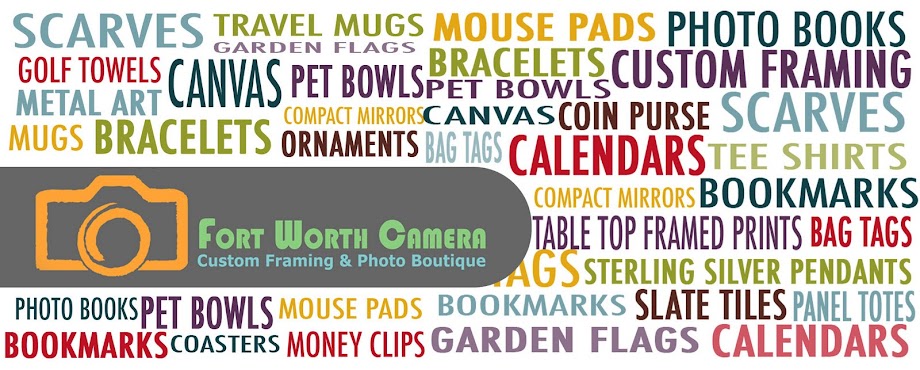Tips for Beautiful Black & White
Images
While some people state that black and white photography is
back in style, we contend that it never stopped being special. Today’s software programs make it a
snap to convert color digital images to stunning black and white. The classic, vintage feel of monochrome
images lends an entirely different viewing experience than that of its color
counterpart. Here are a few tips
to help create stunning black & white images:
Visualize the End:
Although you may be shooting in color, consider what you’d like to
create in black and white.
Visualizing a certain feel, mood or style can help you make better
choices about which subjects or locations to shoot. For example, an old building downtown might be a better
subject than a suburban area when shooting black and white. Know what you intend to create from the
onset and you’ll be happier with the results.
Try Textures:
Choose subjects or locations with interesting texture, such as a rustic
fence, a brick building with visually appealing facets or a model wearing
layered accessories such as a scarf and hat. Light will play an important factor in your final result so
consider what available light you have in each situation and consider bringing
an additional light source to use for experimentation.
Top-Notch Tonality:
When creating black and white images, make sure that your photograph
includes a full range of tonality, which is measured from a 0-10 with 0
representing pure black and 10 representing pure white. You can view your tonality range by
referring to the histogram on your digital camera. Again, having an additional light source to help expand the
tonal range in an image may help create the image you’ve visualized.
Shoot RAW: When
you think you’ll want to convert color images to black and white or sepia,
shoot your images in a RAW format.
RAW files have the greatest range because these files include everything
captured by the camera’s sensor.
You can adjust the midtones, highlights and shadows, and these
modifications can greatly influence the results once you convert the images to
black & white.

